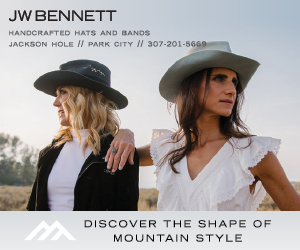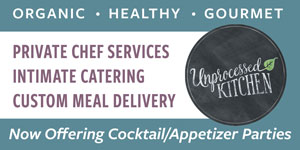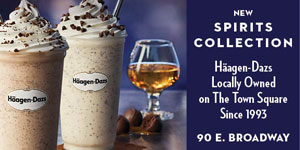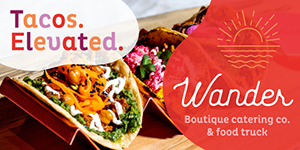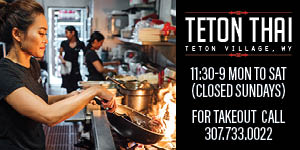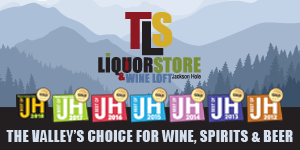Sweet Cheeks Meats, the valley’s local Scott Lane butcher shop, is changing the way restaurants buy and use meat. Owner Nick Phillips is a self taught butcher and “ethical meat lover” who became acutely interested in using as much of animals as possible in the butchery process. Now, he’s teaching chefs how to do the same, and stressing the importance of sourcing animals locally and sustainably. We sat down with Phillips (over coffee and the best meaty breakfast sandwiches in town) to learn more about his whole animal butchery program and what constitutes more ethical meat consumption. 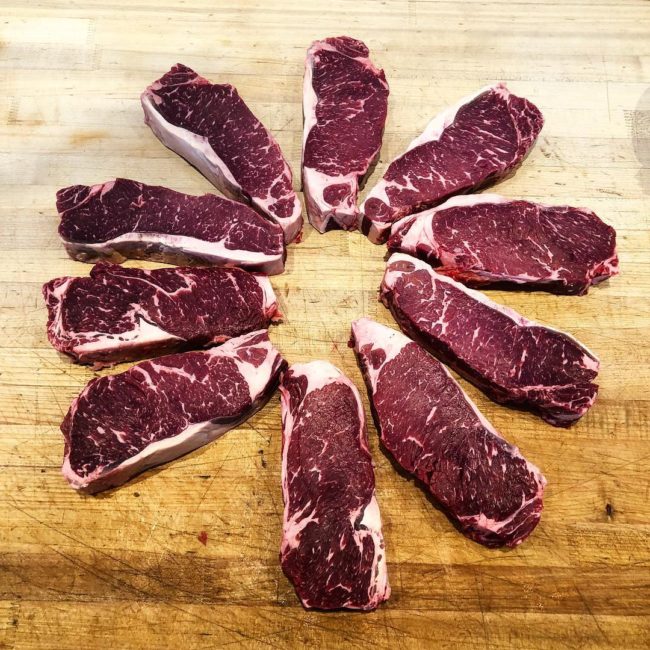
What does “whole animal” actually mean?
The idea behind the whole animal is using up everything, and first buying a locally raised animal that was pasture raised with no antibiotics or hormones. These animals have longer, happier, healthier lives than just about anything you can get from a commodity market. We get these animals that we know everything about and then utilize every bit that we possibly can. Meat doesn’t grow in cellophane. There is a whole animal beyond just the cuts you see in the grocery store, and so many more usable parts than you think.
What makes pasture raised animals better, both ethically and from a culinary perspective?
The pasture raised cows we buy, for example, spend months in pasture, working for food, walking around to eat their grass or grain supplements. That’s where our flavor comes from: from time, and being able to freely move and walk around. Then, the cooking process becomes easier. Our burger, for example, we don’t do anything special, we just take a scoop of ground beef, some salt and pepper, throw it onto the grill and let it caramelize, and that’s all we do, and it’s delicious. Everybody can do that at home.

Tell us about your whole animal program and how restaurants around the valley are learning from you.
This past spring, chefs from Jackson Hole Golf and Tennis and Signal Mountain Lodge came to work with me, which is the best way to gain these skills. Chefs are familiar with cuts, which is a great step forward, and they’re comfortable with knives in their hands, so it’s easy for me to go in and broaden their knowledge of animals, where those cuts come from and utilization techniques. Using a whole animal can be incredibly cost effective, but it takes time, knowledge and skill to utilize an animal properly.
How can people best learn your techniques?
I’m always happy to open my doors and share my knowledge with anyone, but I always say, there’s not a lot you’re going to gain from one day. It takes repetition. It’s best to put in three days a week, and we will pay you, and you’ll learn everything about butchering an animal. We do classes, too. This fall I’ll put on hunters demos, and we will learn to butcher a lamb, which is most similar to deer or elk. I want both novice and seasoned hunters to feel welcome, and empower them to have a successful feast off of their hard work.
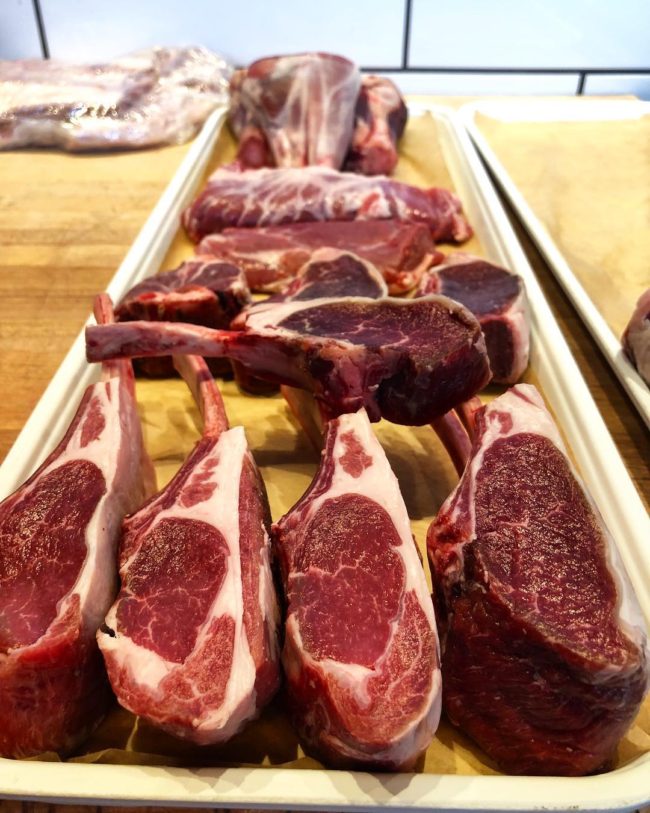
6 Tips for Eating Better Meat and Utilizing More of a Whole Animal
1. Know the source of your meat. Ask questions about where your meat comes from, and if they can’t be answered, maybe you don’t want to eat it.
2. Look for the name of a ranch on your cut at a grocery store or restaurant.
3. Practice “perimeter shopping” by skipping the middle aisles of the grocery store, where processed foods are usually sold.
4. If your local butcher is sold out of familiar cuts, try something new, even if you’ve never heard of it before. Sweet Cheeks offers cooking suggestions for all of their cuts.
5. Buy bones for bone broth, or as treats for your dogs.
6. Be flexible. Trying to stick to rigid rules all of the time might burn you out, so being flexible occasionally at restaurants is a good practice.



